New narratives
“ A catastrophe is when a belief or certitude suddenly collapses. From its ruins, narrative, political, economic and ecological utopias can be reborn. ”
“ A catastrophe is when a belief or certitude suddenly collapses. From its ruins, narrative, political, economic and ecological utopias can be reborn. ”
Can new narratives arise from ruins?
Raphaëlle Guidée is a specialist in narrative representations of economic, environmental and societal collapse. For over 10 years, she has analyzed the narratives surrounding Detroit’s bankruptcy in order to understand how an apparent ruin of capitalism can inspire discourses of domination or resistance. In La ville d’après : Détroit, une enquête narrative [The Aftermath City: Detroit, a narrative investigation] (Flammarion), rather than focusing on fictions, she seeks out testimonies and concrete stories, believing that modern times don’t need new narratives. We simply need alternative narratives. Read the transcription of the podcast.
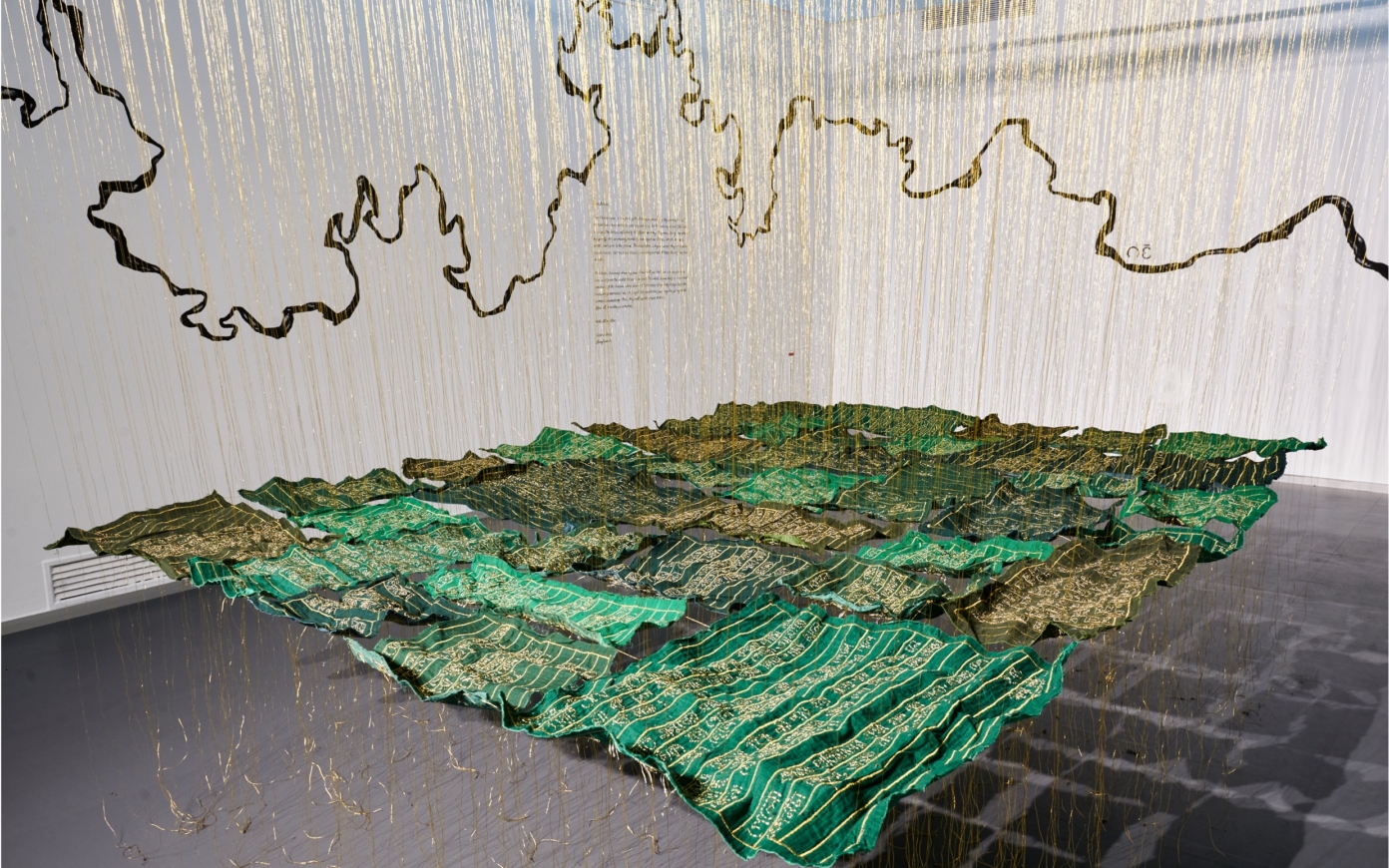

Reshaping myths to reveal pressing realities
Ashfika Rahman is a visual artist based in Bangladesh, who recently won the Future Generation Art Prize awarded by the PinchukArtCentre in Ukraine. Faced with the overwhelming power of information systems that are serving dominant narratives, she is working on creating alternative medium of expression, giving their voice back to marginalized communities in her homeland, particularly women. Through her art, Rahman questions myths, folk tales and widely spread prejudice that are still shaping our cultures and legitimating violence, adopting a contemporary and feminist lense. We met with her to discuss her recent work, Behula These Days where she brings together ancient crafts and new techniques to share the poignant and heart-wrenching experiences of women living in one of the most floodprone areas in Bangladesh.
“ Architecture has a unique relationship with the transformation of reality: it is, in a way, atlastic. ”
“ Architecture has a unique relationship with the transformation of reality: it is, in a way, atlastic. ”
Architecture is a political practice
Manuel Bello Marcano is an architect, lecturer at ENSA Saint-Etienne and sociologist of the imaginary at the Centre d’études pour l’actuel et le quotidien – CEAQ, Université Paris Descartes (Center for Current and Everyday Studies at Paris Descartes University). In his view, architecture is an act of aggregation designed to put the world in order: in this sense, he is interested in the political fictions mobilized to equip our thinking and, in this case, to build a “ togetherness ”. Follow his words and discover animality understood as community.
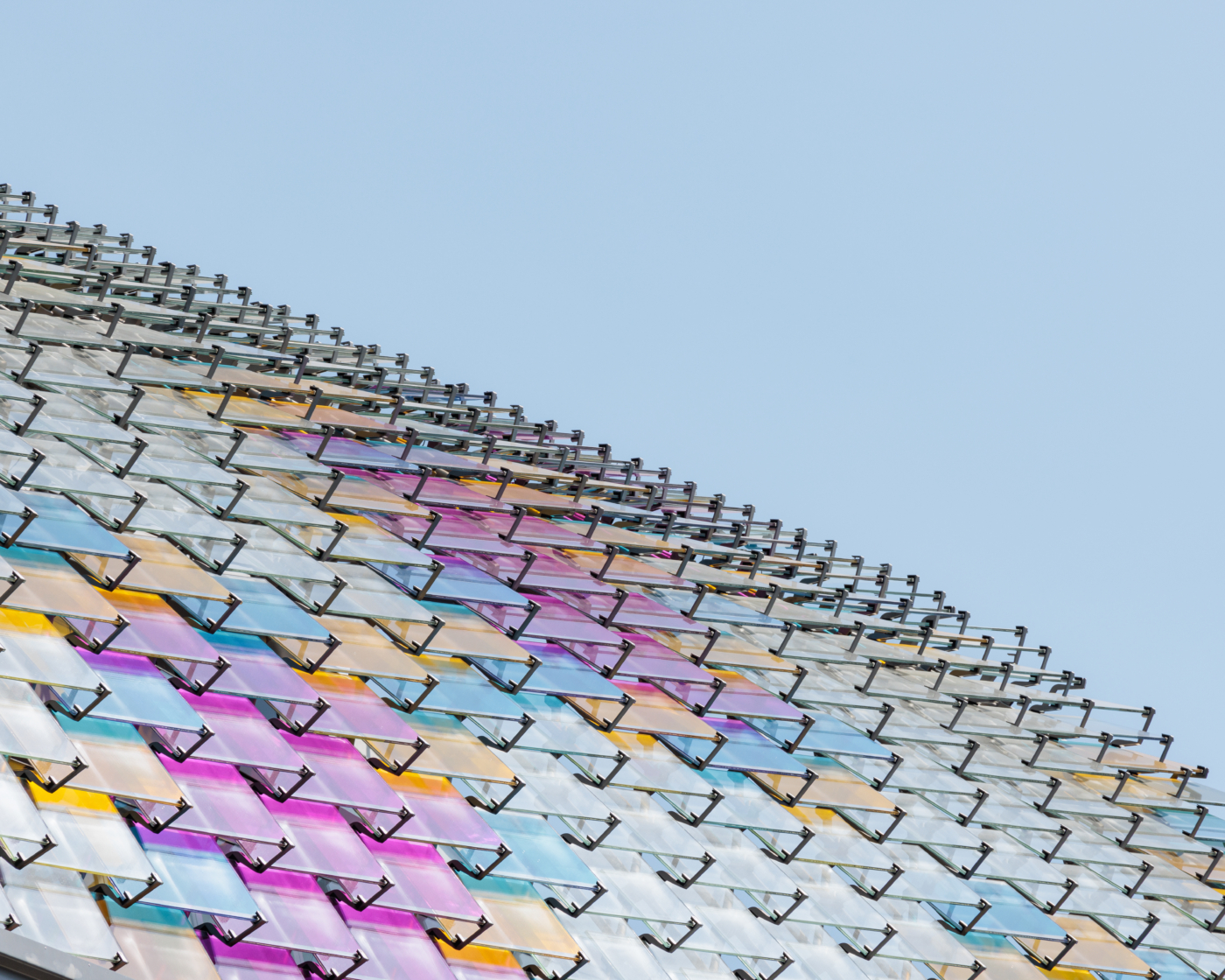
Beautiful like an encounter on the glass roof of colored clouds
For Daniel Buren, architecture is an open-air studio. In an exclusive interview with architect Philippe Chiambaretta, he talks about his site-specific work, where art and architecture meet, just like the Nuages Colorés that cover the scales of the 175 Haussmann glass roof.
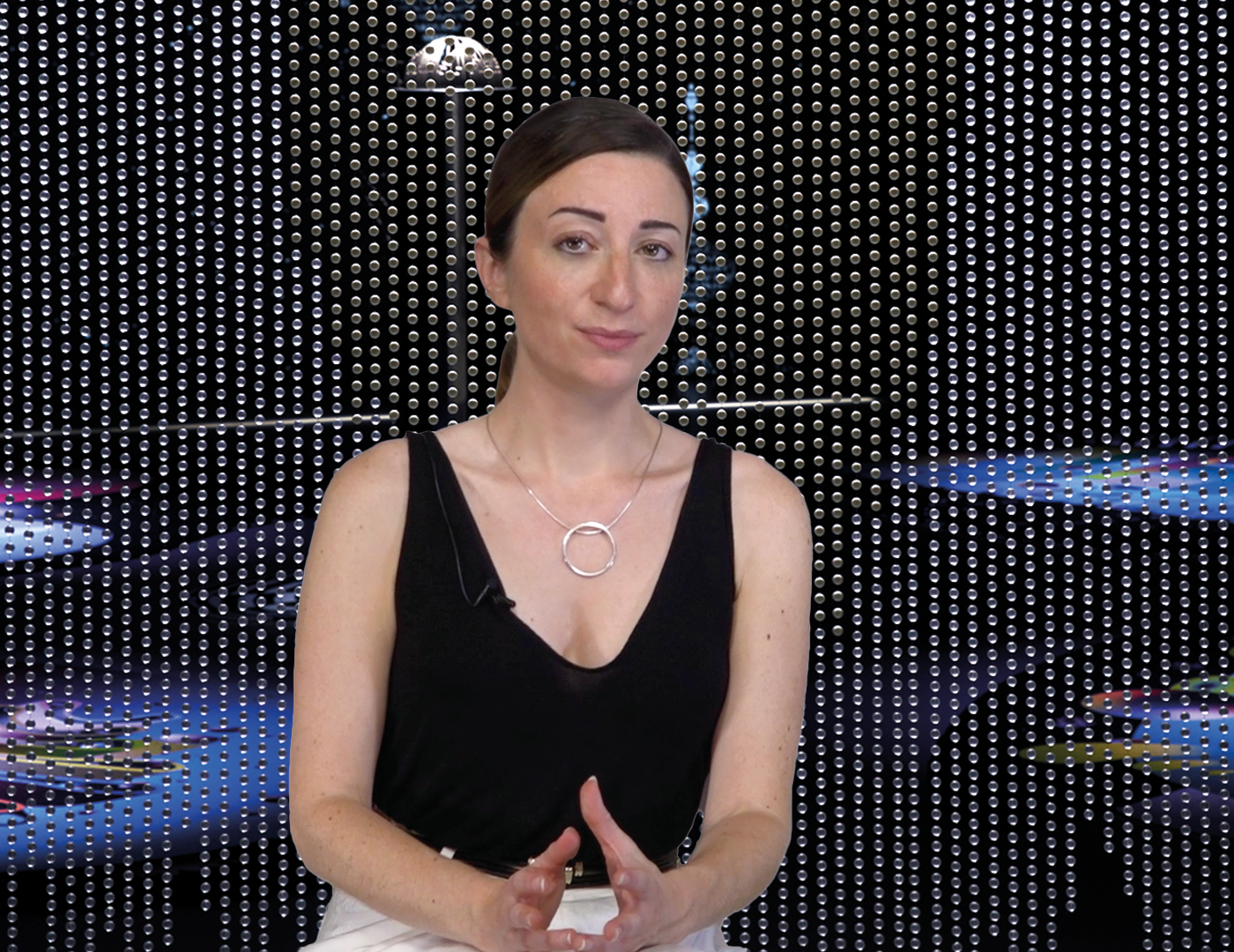
Micro lives and giga solutions
Marie-Sarah Adenis is a designer and co-founder of PILI, a company that develops biocoloring agents using microorganisms: an alternative to their petrochemical production. But the heart of her job is to harness the image of “microbes” to overcome the limitations of our imaginations and inject a touch of onirism into the dusty scientific narrative inherited from Pasteur.
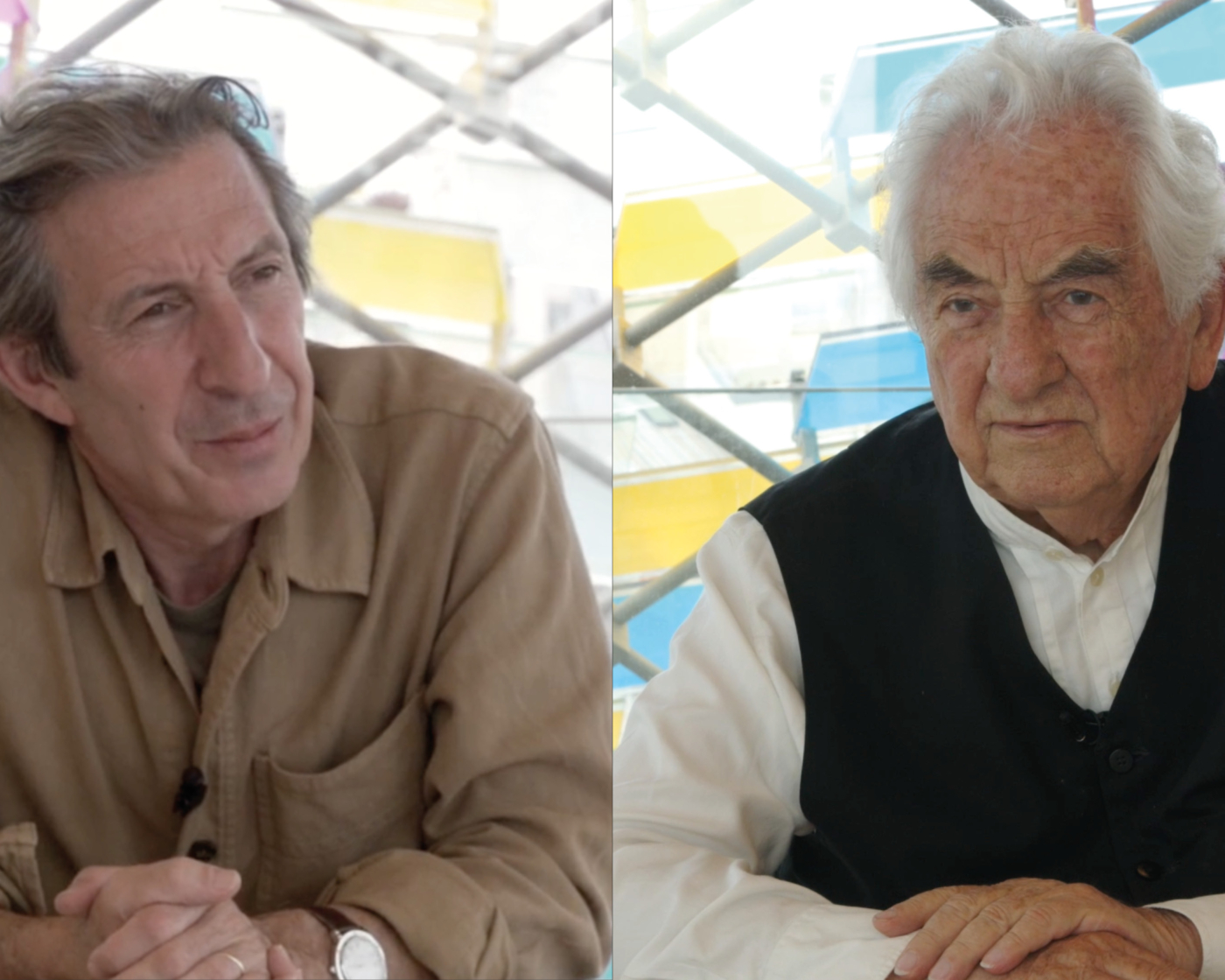
Site-specific art, invading architecture
Stripes, banners and colored filters are all part of the signature of renowned artist Daniel Buren. His work is rooted in the landscapes and architectures that welcome him and have become his open-air studio. In an exclusive interview with architect Philippe Chiambaretta, he talks about his attraction to transparency and his many collaborations. Discover Les Nuages Colorés, which cover the glass roof of 175 Haussmann with shimmering lights.
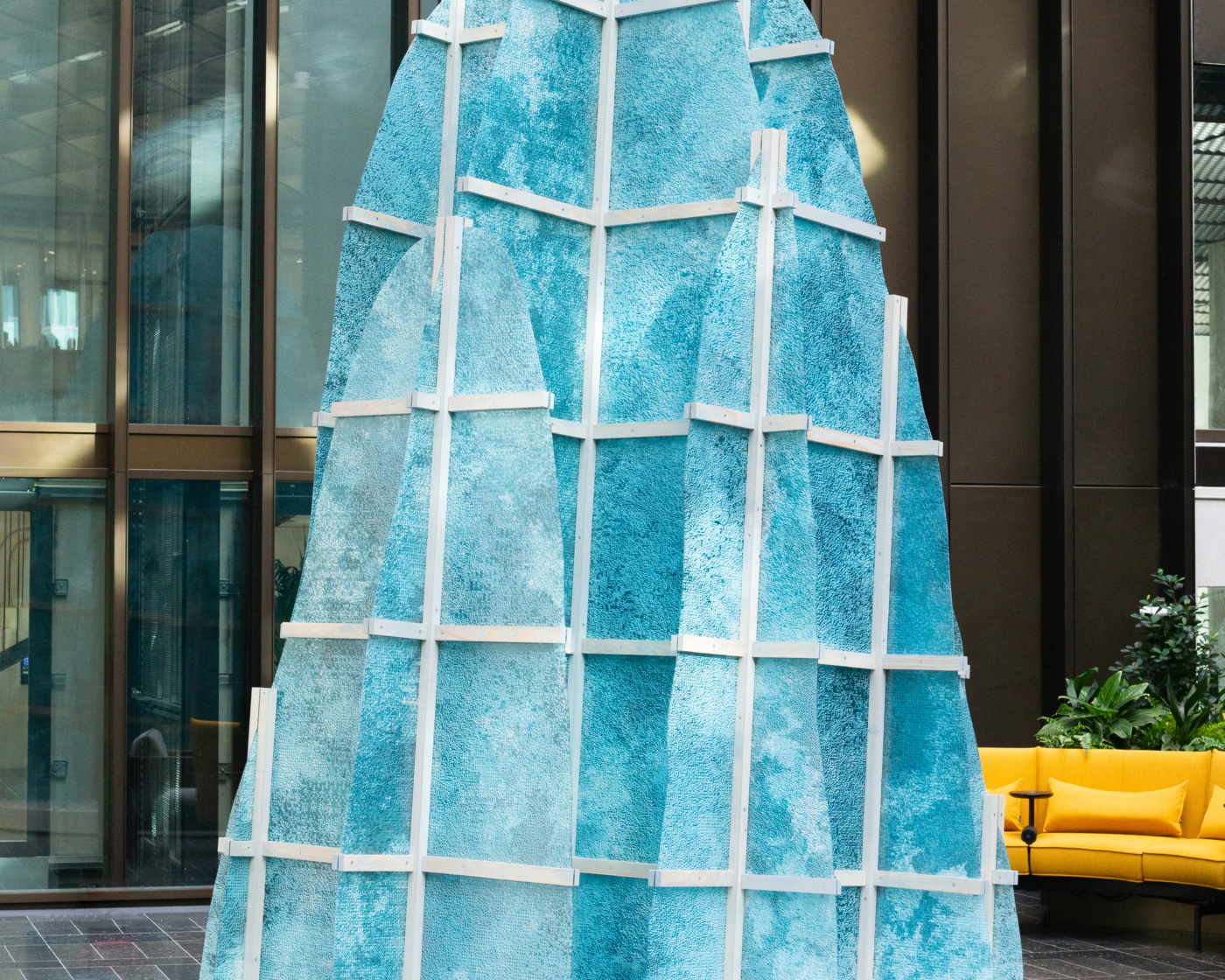
Neo composites
With Mathieu Merlet Briand, artist, Benoit Roman, research director at the CNRS, Xavier Baris from Kairos and Michael Gaultois, Chief Scientific Officer of Fairmat. With the growing disenchantment of the public and designers alike with plastic, perceived as the offspring of the oil years and the symbol of a disposable world, the development of new materials that respond to contemporary challenges by proposing circular production schemes is long overdue. The Deeptech ecosystem is struggling to get off the ground in France, given the investment required. The government and the regions are encouraging research and entrepreneurial initiatives such as the FLOWER project to develop composites made from flax fibre, a plant widely grown in France. What are the neo-composites of tomorrow? What new mythologies do they invoke?
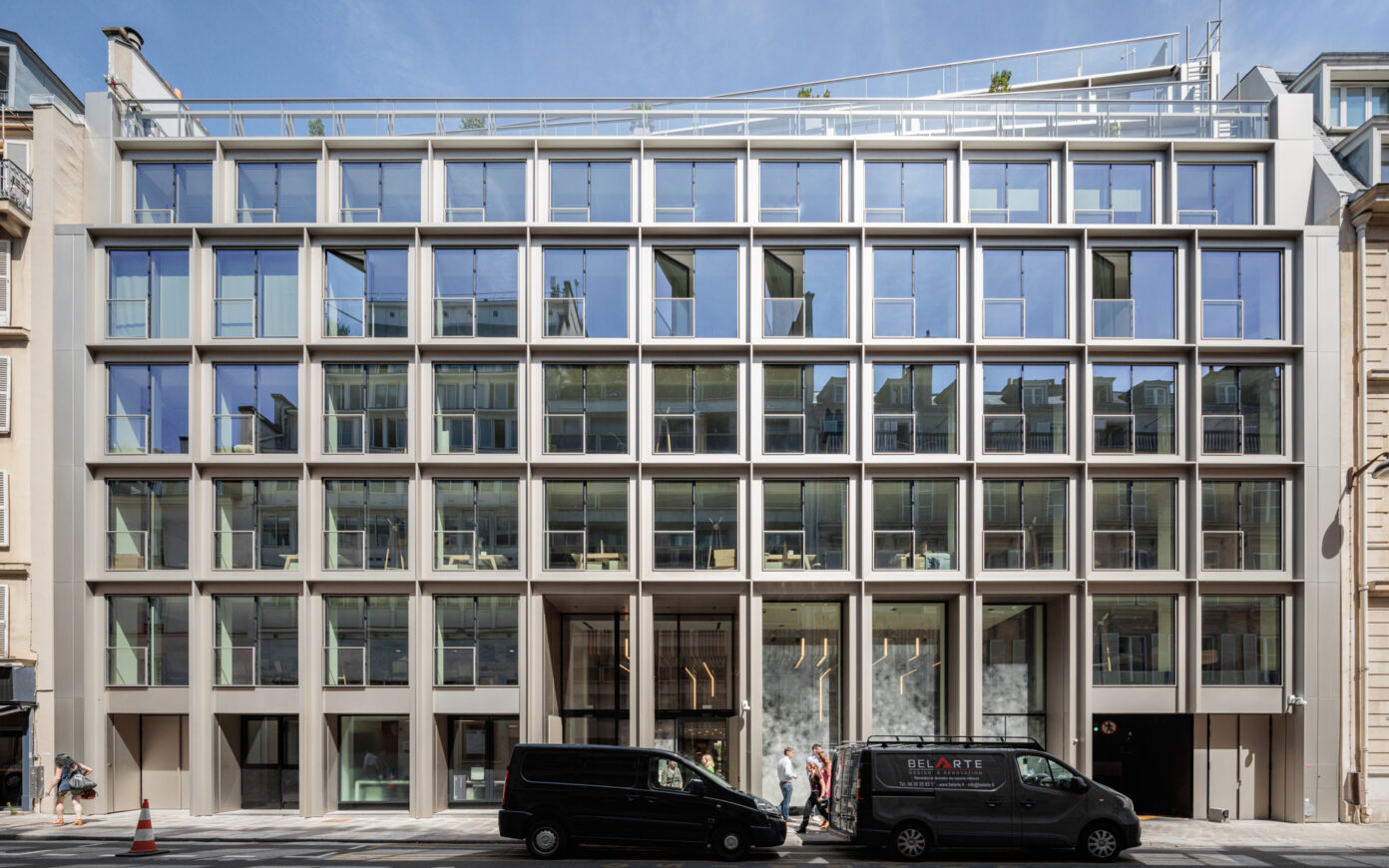
PCA-STREAM is conducting the heavy restructuring of a real estate complex designed in the 1960s, tackling the obsolescence of an architecture that offers low-quality spaces in light of the new expectations of businesses. The façade is modernized and realigned on Rue de Penthièvre, and a new wing is formed at the end of the parcel, opening on a vast garden at the heart of the block. The intervention combines densification and the upgrading of workspaces, which are equipped with sunny, green terraces.
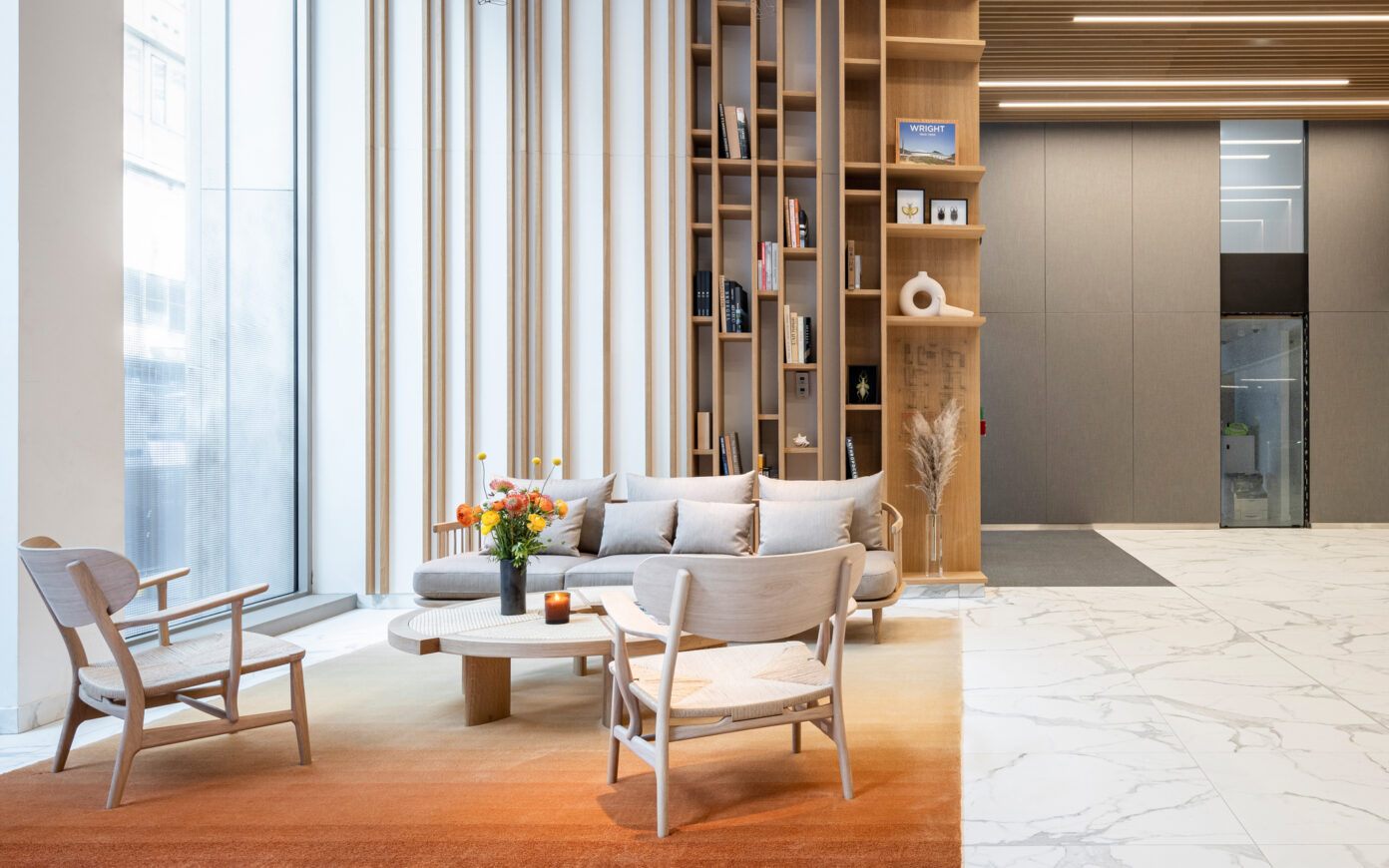
PCA-STREAM's interior design department completed the architectural restructuring of a 1960s-era office complex with a tailor-made layout of offices and common areas for the lessee, a major luxury brand. Comfortable and functional, the project develops a high-end image through the quality of the materials, which are handcrafted.
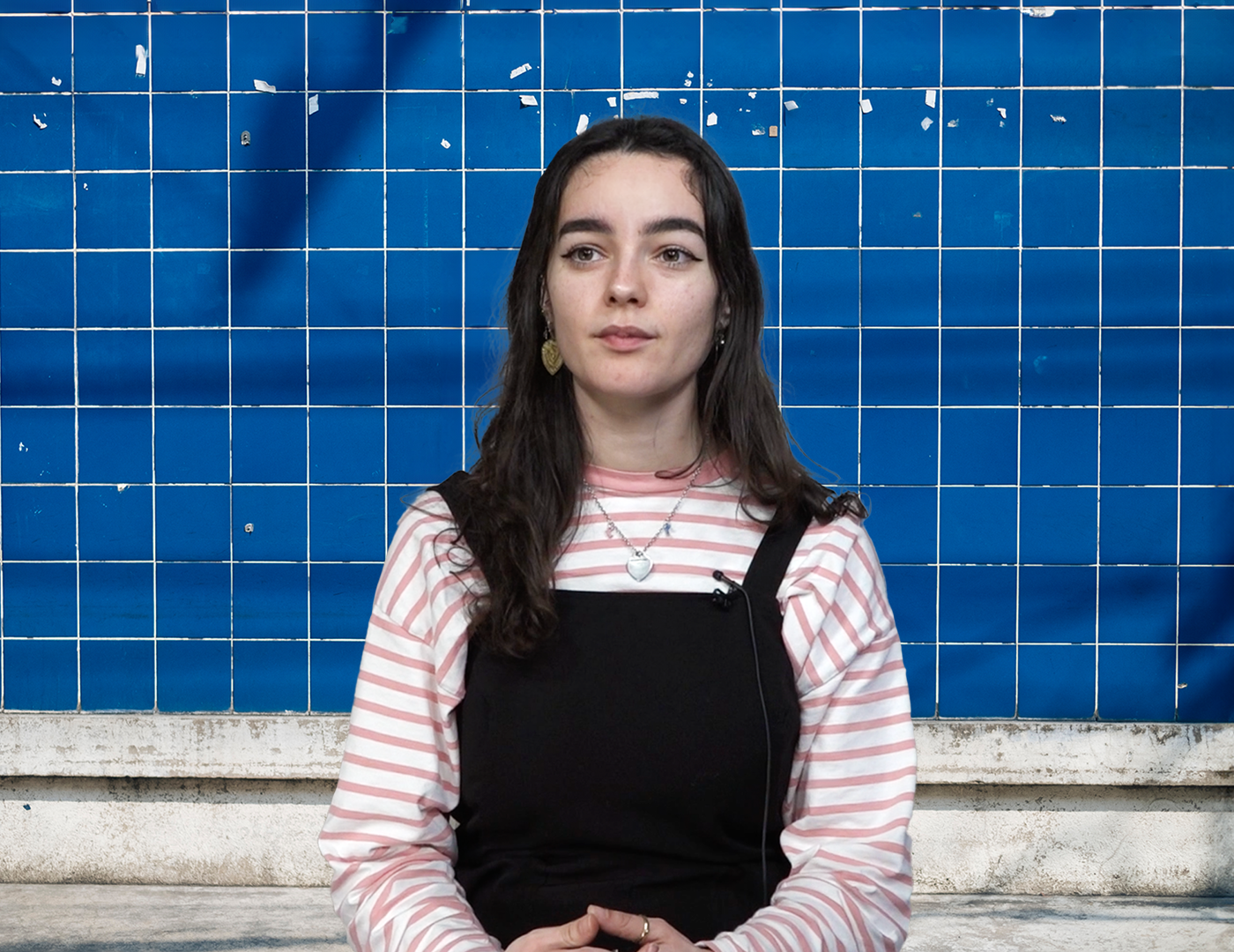
Exploring the possibilities of a feminist architecture
Iris Handschin is an architect. In her final year thesis, DMC: Démocratie, matriarcale, citoyenne (DMC : Democracy, Matriarchy, Citizenship), she explores the relationship between sisterhood and architecture. How can we create a shared space of freedom and undo the hierarchical relationships at play in both private and public spaces? Exploring the possibilities of a feminist architecture inspired by the beguinages, Iris Handschin focuses on the rehabilitation of a former textile factory dating from the 1740s, outlining the contours of a truly democratic space.

Aesthetic of Structures
Aesthetic of Structures is a collective work published by the Architects-Engineers & Engineers-Architects association (AAIIA). Established agencies, young practitioners, researchers and students discuss a new relationship with structures, moving away from the Vitruvian principles of utility, solidity and beauty, towards an economy of materials, reversibility of use and the reuse of materials. Here we meet two of the book’s designers: architect-engineer Antoine Laugier and graphic designer Thanh-Phong Lê, who give us an insight into the book, as an object and as a structure.
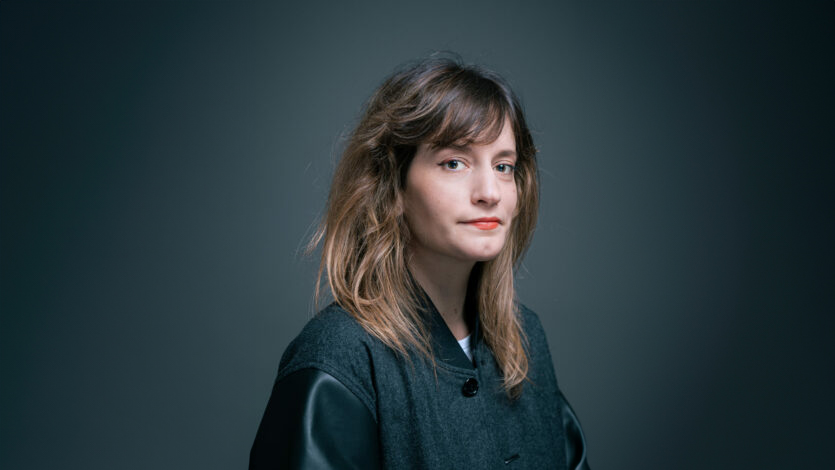
The art of artificial life
Justine Emard is a visual artist. Her installations use AI to understand the living, exploring the boundaries between organic life and artificial intelligence. Bee swarms, encephalographic recordings and prehistoric paintings become learning supports for algorithms that, contrary to dystopian imaginations, generate new supra-hyper-organisms.
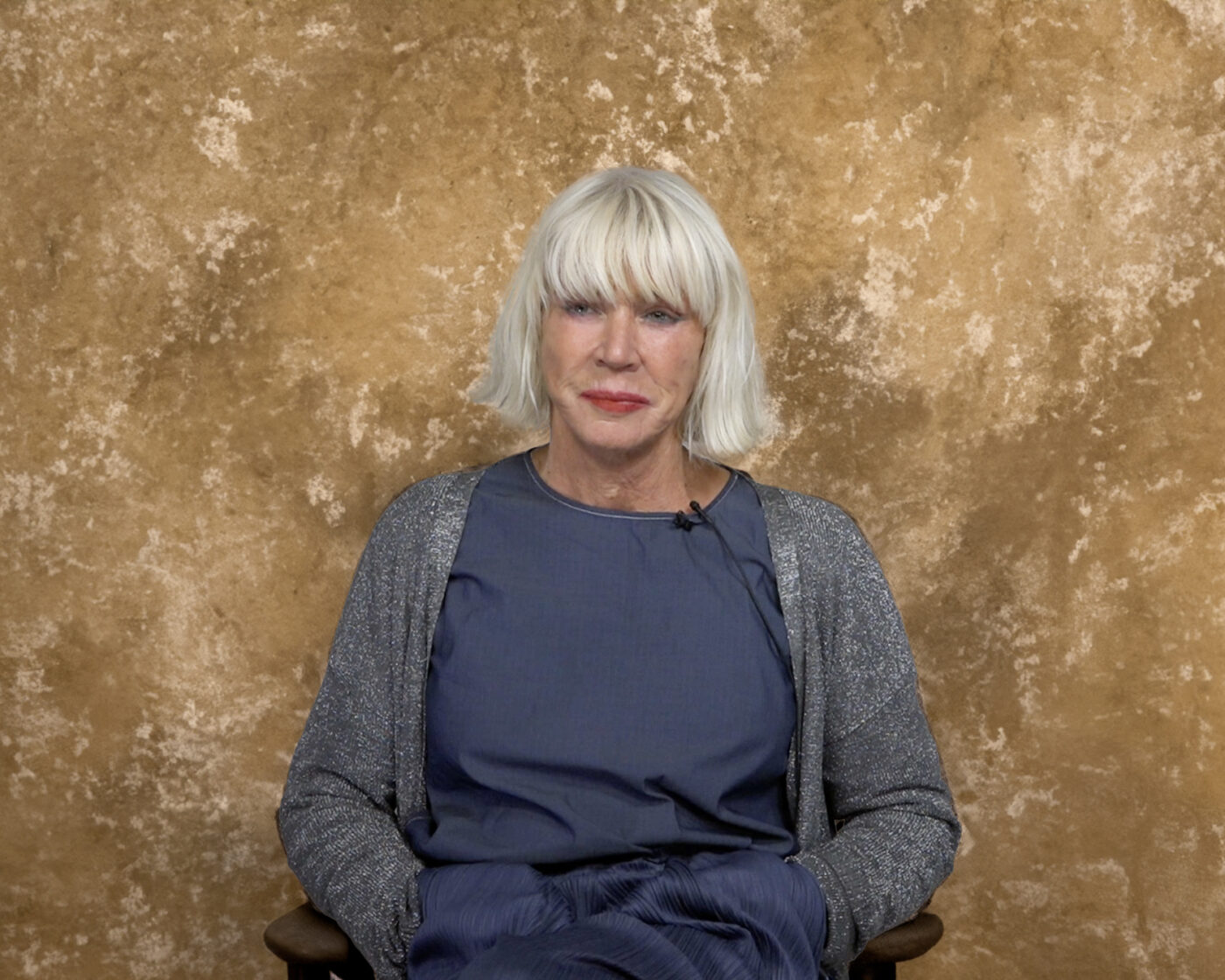
Nose to nose with the world
Never once has Sissel Tolaas, Norwegian artist, chemist, linguist and researcher, uttered the word “perfume”. For the past twenty-five years, she has been collecting, inventing and breathing new life into smells, refusing to be part of the world’s aseptisation. Through her olfactory installations, she invites us to sense reality, its geography and its temporality. Most recently, she has recreated the smell of Pompeii, between sensory experience and memory of the past.
“ How are territories coping with reduced energy capacity? ”
“ How are territories coping with reduced energy capacity? ”
Downscaling Energy
How are territories coping with reduced energy capacity? Five researchers presented their work at the Downscaling Energy study day organized at the agency by the Labex Futurs Urbains’ City and Energy working group. Research topics included Beirut, the impact of Hurricane Irma on the French island of Saint-Denis, resource management in the Middle Ages, the 1973 oil crash and the current environmental crisis.
“ We cannot free ourselves from extreme projections, because we live in an extreme world. ”
“ We cannot free ourselves from extreme projections, because we live in an extreme world. ”
"It will be upon a time", said science fiction to the city
Space is one of the great imaginary worlds of science fiction. By often depicting dystopian cities, authors sketch the contours of a desirable urbanity. Using science fiction as a field of investigation, Pierre-Antoine Marti, a PhD candidate in history at EHESS (School of Advanced Studies in Social Sciences), uses representations of the future as a dataset for prospective reflection on the interplay between science fiction and innovation.
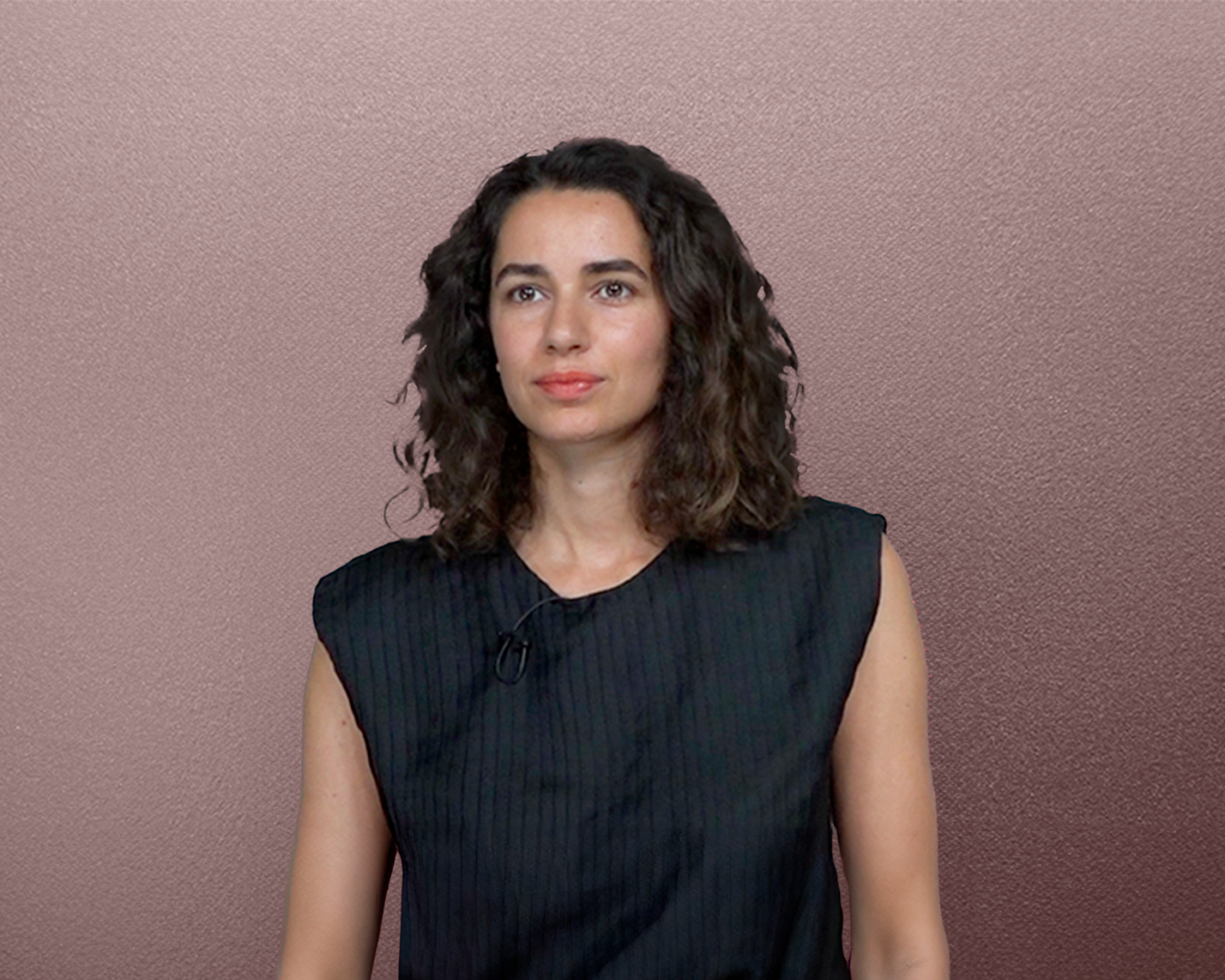
Vulnerability as an inclusive principle
Emma Vilarem has a PhD in cognitive neuroscience, specialising in the study of social interactions. Co-founder of [S]CITY, she helps city planners integrate the psychological, emotional and social needs of residents into their projects. If the urban environment affects our brains and behaviors, couldn’t paying attention to the most vulnerable inhabitants improve the overall experience of the city?
“ Building cities, deconstructing methods. ”
“ Building cities, deconstructing methods. ”
Building cities, deconstructing methods
Through the act of building, architect, experimenter and 2019 Grand Prix de l’urbanisme Patrick Bouchain questions public commissioning and puts it to the test of reality. His comments echo those of Philippe Chiambaretta in Faire la ville autrement, recently published by Flammarion.
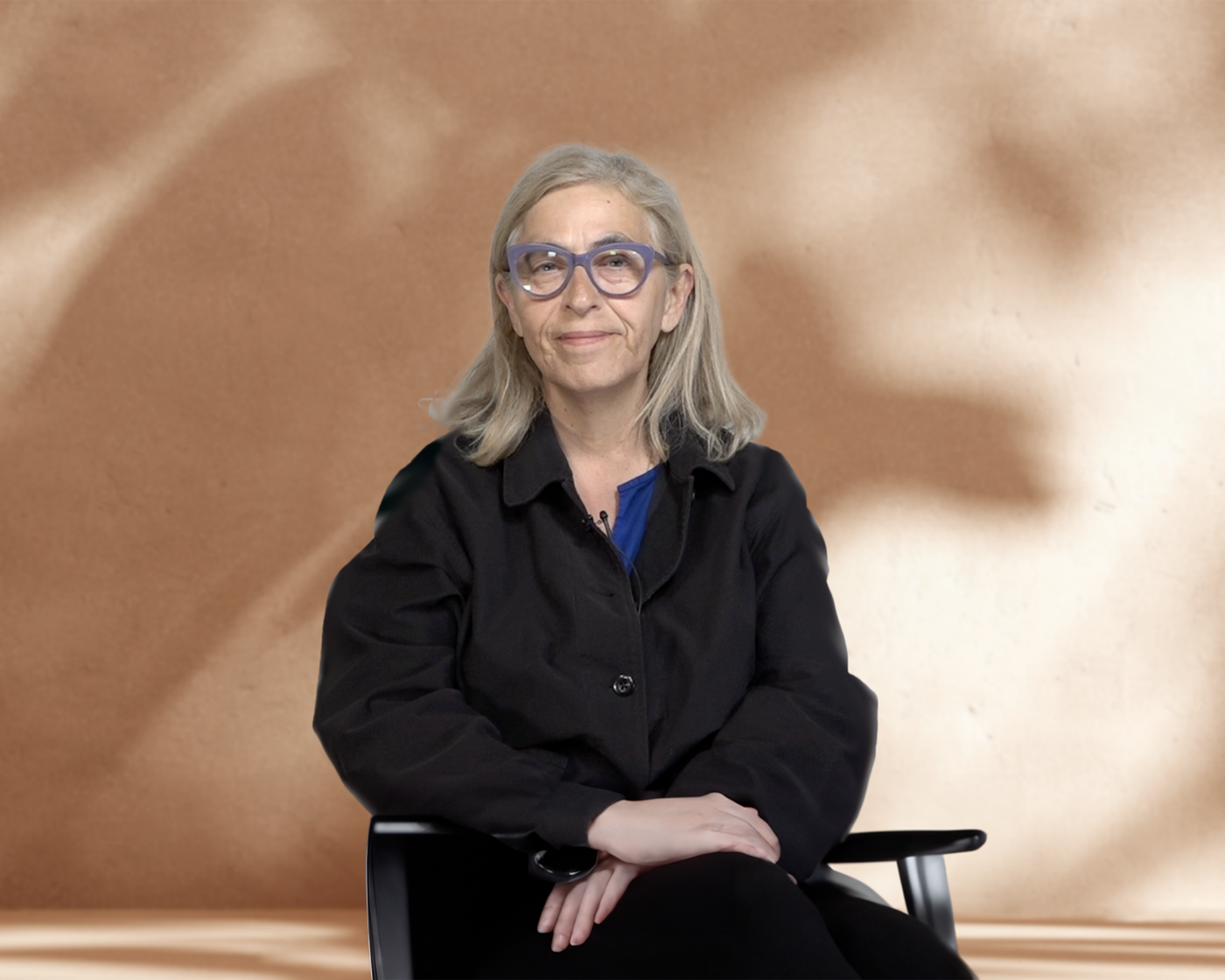
Enhancing a territory through creation
LUMA Arles is dedicated to supporting contemporary artistic creation. Designed as a creative campus, it promotes the Camargue region in which it is located: its landscapes, materials and know-how. Maria Finders, co-founder of the Atelier LUMA design laboratory, tells us about this atypical place.
“ Meteorology as a Model of Thought. ”
“ Meteorology as a Model of Thought. ”
Meteorology as a Model of Thinking
Anouchka Vasak is a lecturer in French literature. At the juncture between climate history and climate science, she elaborates a model of thinking based on meteorology, shifting like clouds. Her book 1797 – Pour une pensée météore [1797 – For Meteorology as a Model of Thought] is its “Discourse on the Method”.
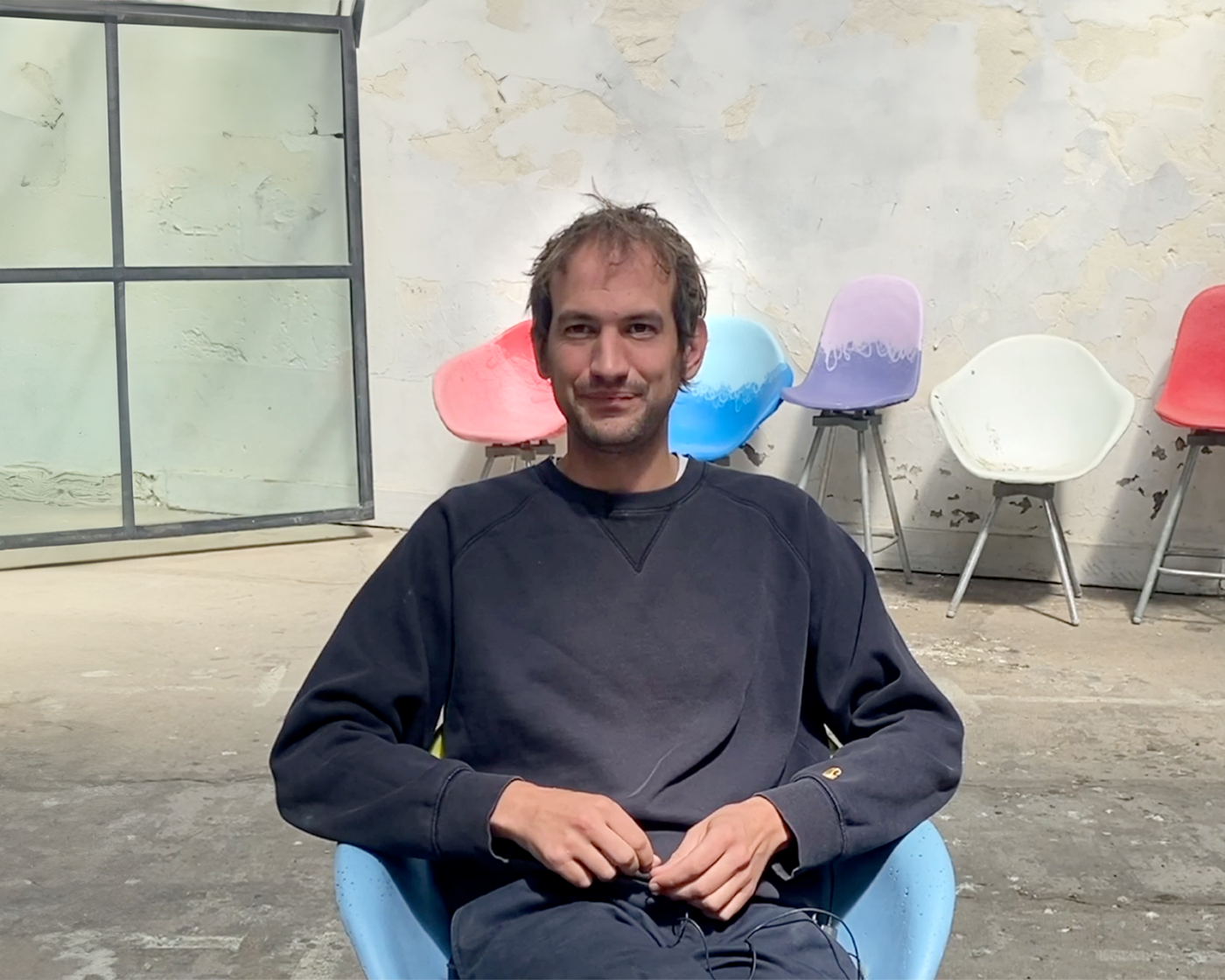
Maximizing reuse, minimizing transformation
Maximum is a design studio that maximizes the value of waste; its material, its form and its engineering. Some materials are transformed in a semi-industrial process while others give birth to unique pieces, such as the glass walls of the Centre Pompidou caterpillar.
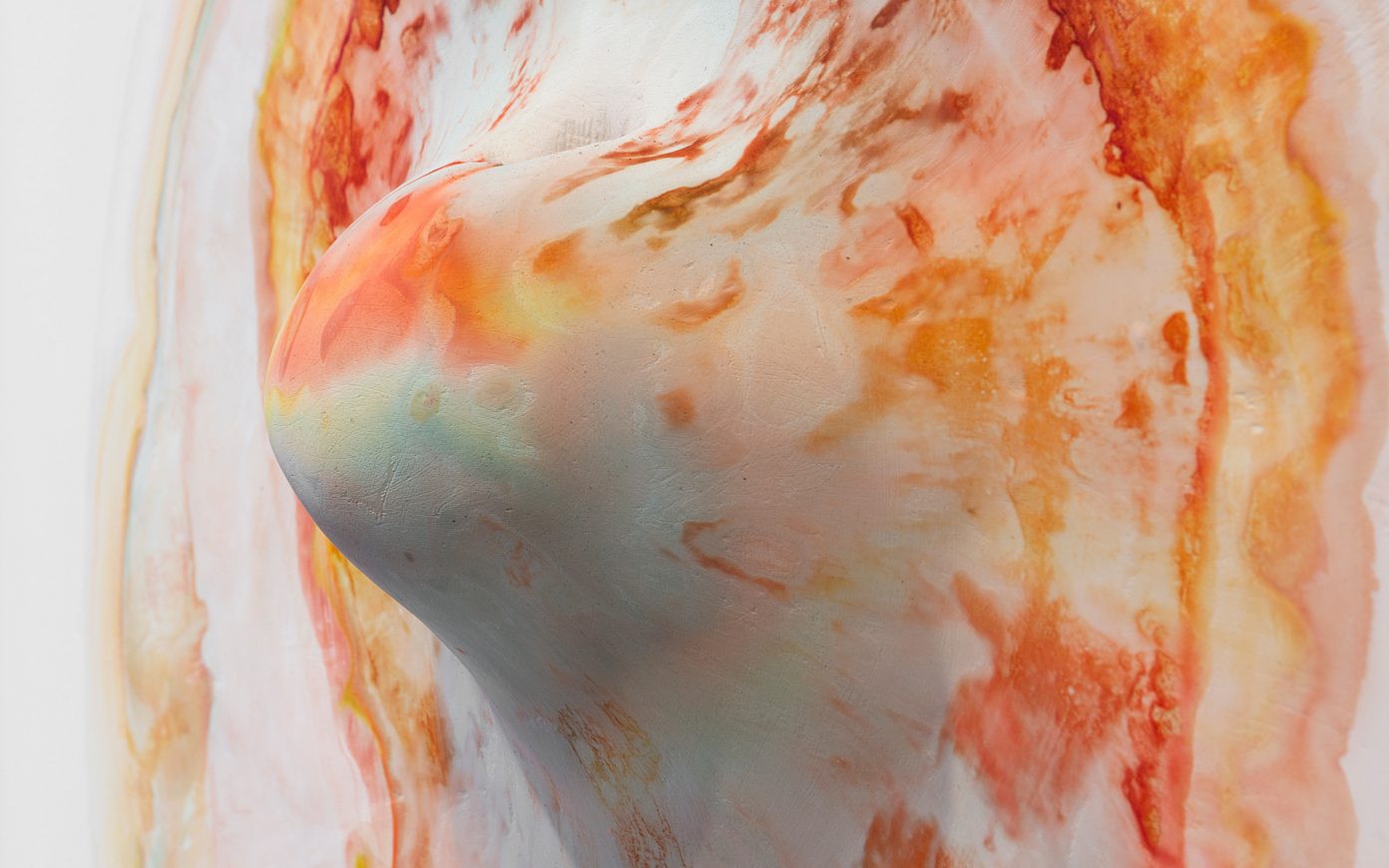

Don't forget to feed your pet-painting!
Michel Blazy is a tamer artist, whose work results from collaborations with snails, mosquitoes, molds or bacteria. Exhibited at the Portique (Centre d’art contemporain du Havre) until December 18, he questions, through his living works, the temporality of art and the borders between the living and the non-living, the natural and the artificial. Extract of the article Encouraging the matter published in STREAM 04 : The paradoxes of the living
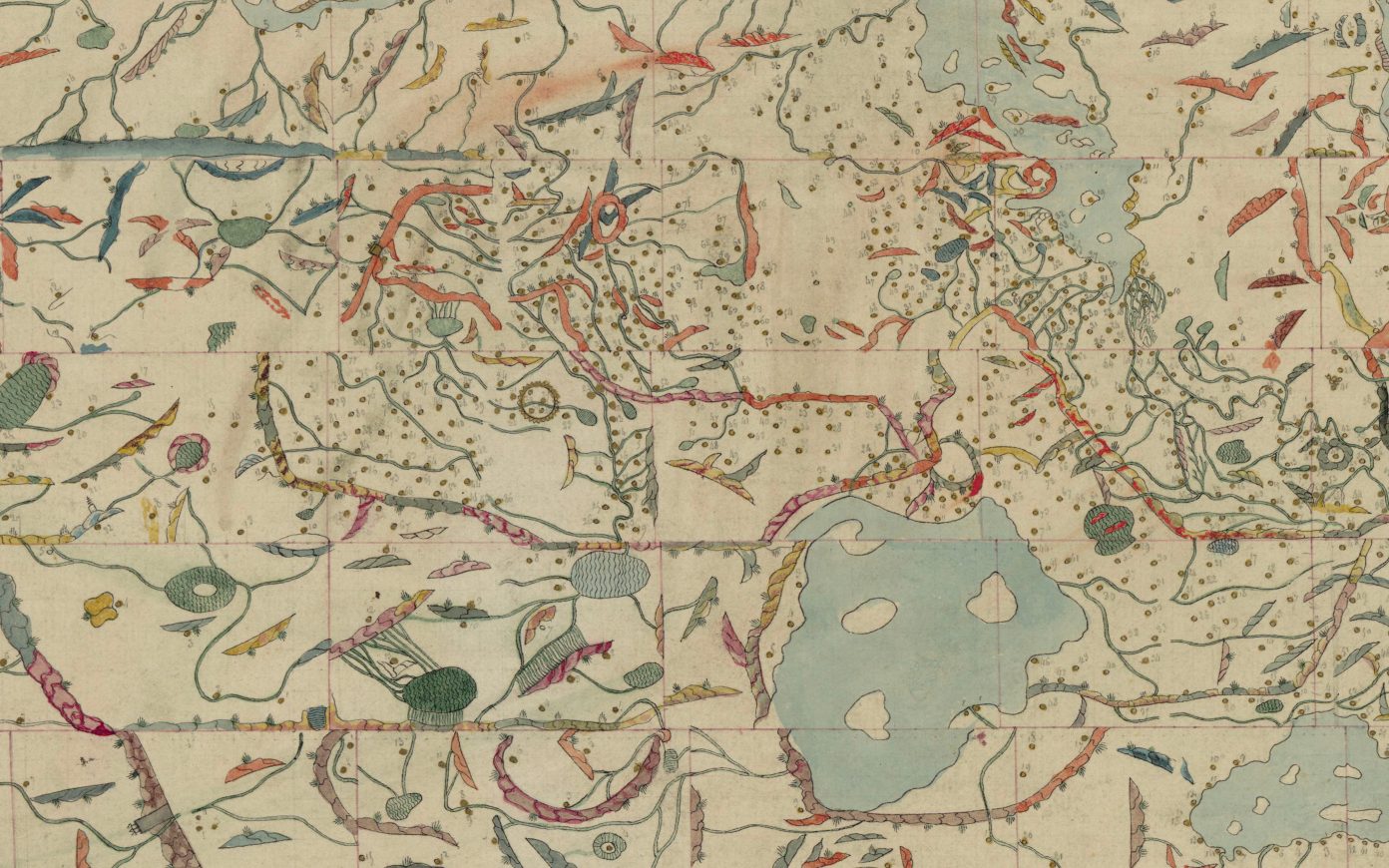

Histories and imagineries of climate change
Jean-Baptiste Fressoz is a historian of science, technology, and the environment. He contributed to popularizing the concept of the Anthropocene in France with his book The Shock of the Anthropocene, which he co-wrote with Christophe Bonneuil. With Les Révoltes du ciel [The Revolts of the Sky], co-written with Fabien Locher, he traces the history of our relations to climate change to put into perspective our contemporary vision of environmental issues.
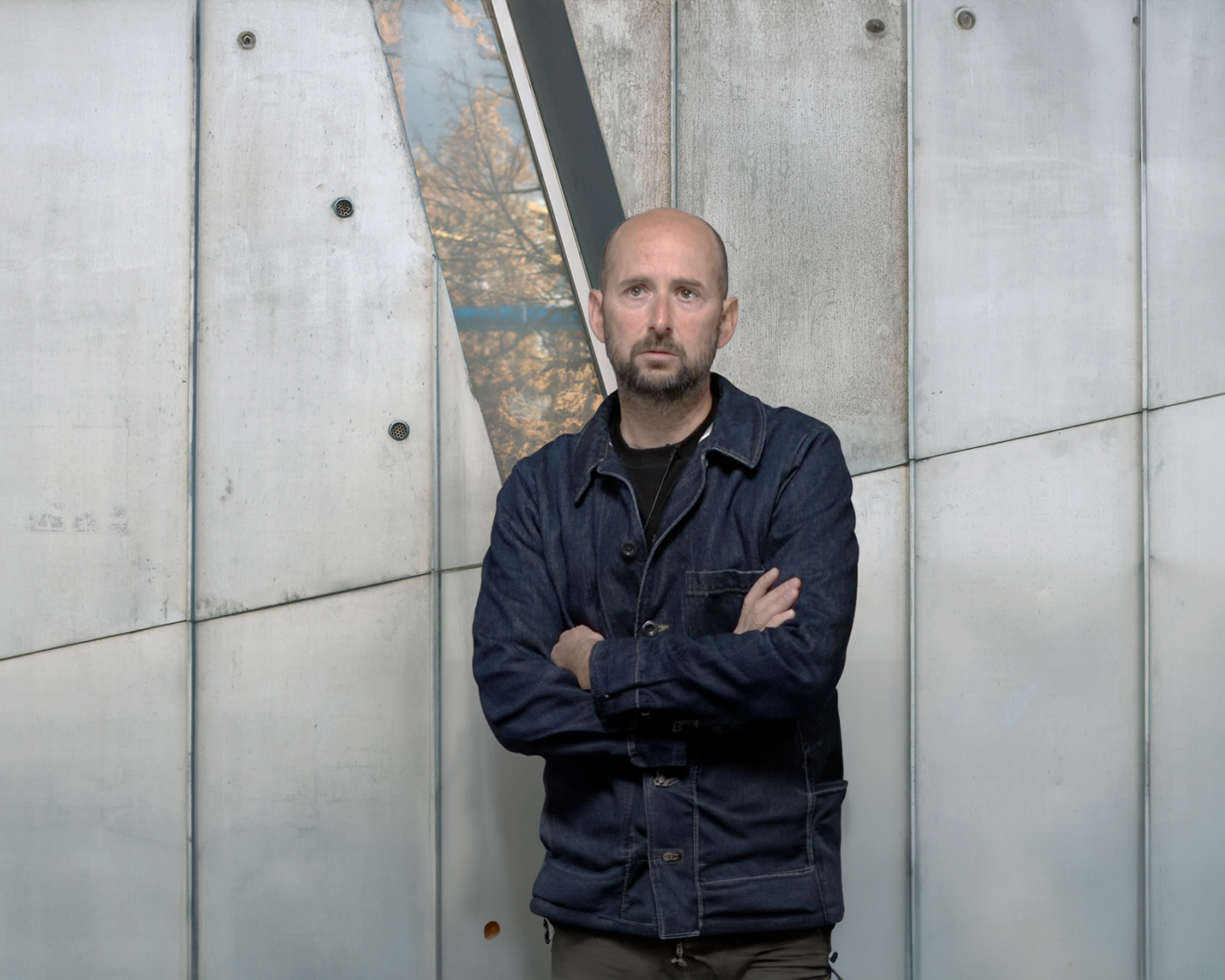
Design with care
The co-founder of Les Sismo design agency, Antoine Fenoglio examines the integration of care ethics in design. In his collaborations with CNAM / GHU Paris and his hospital-based projects, he scrutinizes the procedures of restraint, which he seeks to shift towards care rather than seclusion.
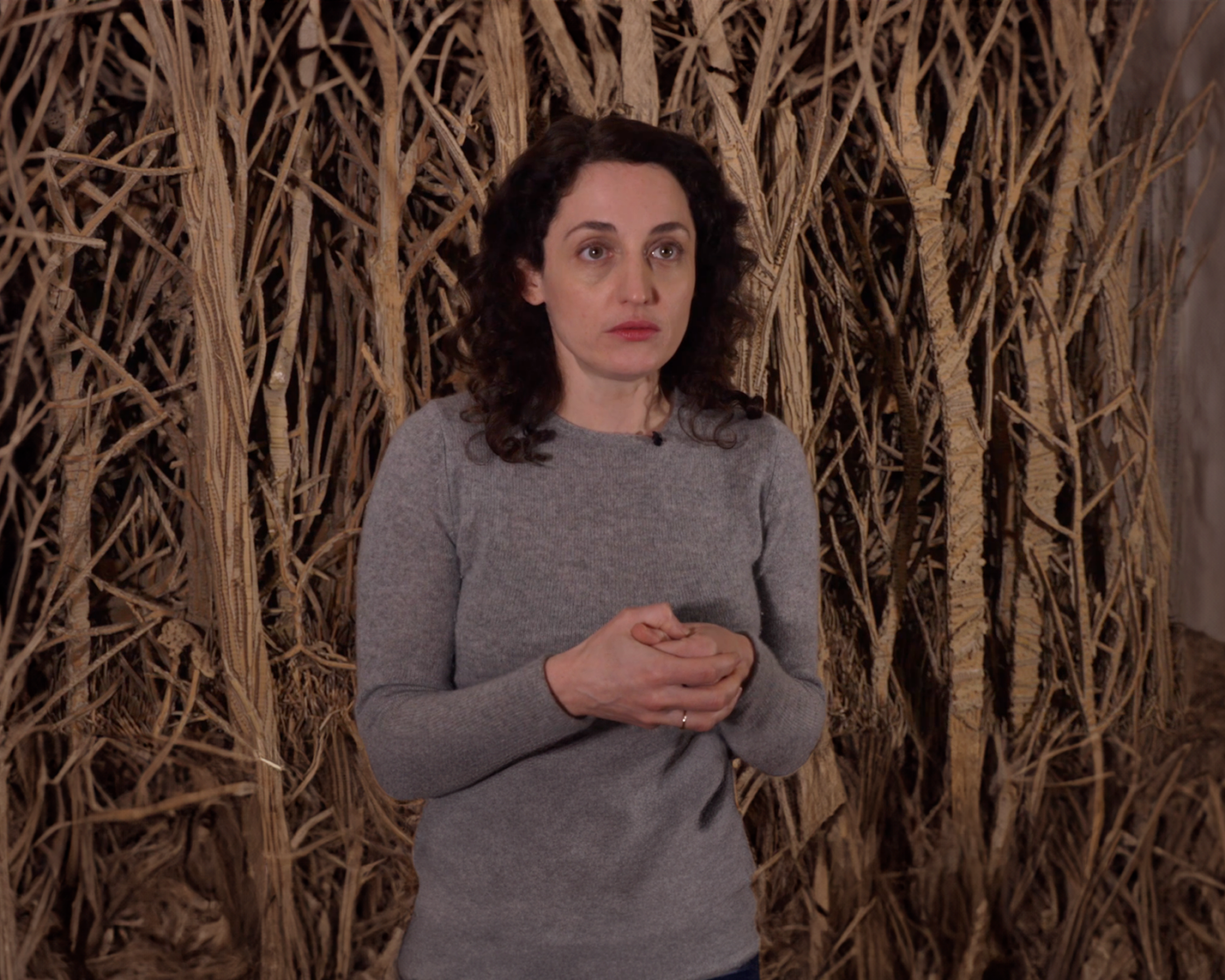
Cardboard landscapes
The artist, whose work is being exhibited until March 20, 2022, at the Paris Museum of Hunting and Nature, reproduces forms that history has endlessly discarded and returned to. By imitating nature in order to draw closer to it, she evokes myths both ancient and contemporary. Between rebirth and abandonment, immerse yourself in her cardboard gardens.
Explorer Toutes les thématiques
 stream voices
stream voices
Eager to share more generously the results of its collaborations and research, PCA-STREAM publishes STREAM VOICES, its online magazine!